Adelphi
Houses within 10km of this house
Displaying 23 houses.
Houses within 10km of Adelphi
Displaying 23 houses.
| House name | Description | |
|---|---|---|
| Ballybaun | Valued at £12.10 shillings at the time of Griffith's Valuation and occupied by Patrick Cahir senior, who held it from Francis Fitzgerald. It is labelled Ballybaun House on all of the Ordnance Survey maps. A house is still extant at the site. | |
| Kilcarragh | The home of the Fitzgerald family in the 18th century. Occupied by Austin Kerin in 1814, the Kerins and Fitzgeralds intermarried in the 18th century. The house was valued at £5.10 shillings at the time of Griffith's Valuation and was occupied by Richard Davis who leased it from Francis Fitzgerald. Demolished in the mid 20th century. | |
| Ballyshanny | A house on the McMahon estate occupied by Patrick Killeen at the time of Griffith's Valuation and valued at £11. Located close to the ruins of Ballyshanny Castle it is labelled Ballyshanny House on the 1st and subsequent editions Ordnance Survey maps. Ballyshanny is still extant. |

|
| Rockview | In the possession of the O'Loghlens for most of the 19th century. John Kerin occupied the house in 1814, R. O'Loghlen in 1837 and Bryan O'Loghlen at the time of Griffith's Valuation. A house is still extant at this site. | |
| Elmvale | Originally an O'Hogan home which passed to the O'Briens through the marriage of Eleanor O'Hogan and Turlough O'Brien. Their son married Margaret Long. She married secondly Cornelius O'Brien of Birchfield. At the time of Griffith's Valuation the house valued at £15 was occupied by John O'Brien who held it from Sir Lucius O'Brien. Weir writes that the house was demolished circa 1965. In 1778 and 1786 this house, known as Cross, was occupied by a Lysaght. | |
| Inchiquin Cottage | A house on the Marquess of Thomond's estate, valued at £3 at the time of Griffith's Valuation and occupied by the Owens family in the first half of the 19th century. | |
| Clifden | This house was the home of the Burton family on the shore of Inchiquin Lough in the late 18th and 19th centuries. Wilson refers to it as the seat of Edward W. Burton in 1786. It was the residence of Lieutenant Colonel Marcus Patterson in the 1870s and in 1906. The house is still extant. |
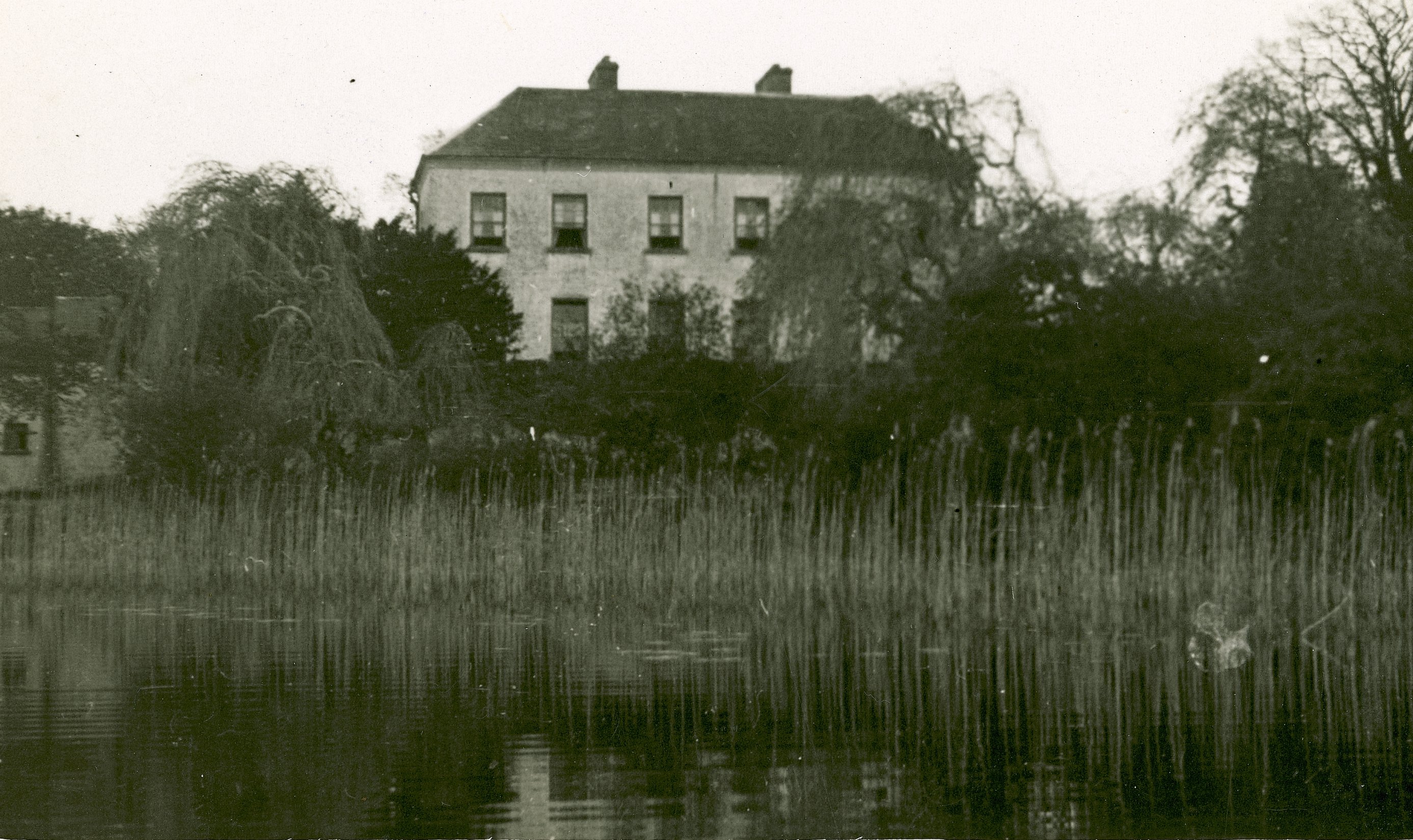
|
| Riverston | Weir writes that John Tymons was resident here in 1799. James Lysaght occupied the house in 1814 and Jonas Studdert in 1837. At the time of Griffith's Valuation Riverston was the home of Mrs Anne Bolton who held the house from James Timmins, a minor. | |
| Applevale | Neptune Blood of Applevale was the third son of William Blood of Roxton and Ann Chadwick and they lived at Applevale in the late 18th century. Their son William was murdered at Applevale in 1831 by the Terry Alts. Chartres Brew lived in the house in 1814 and George Davis in 1837 and in the 1850s. William Blood's mother was a Davis of Newcastle, county Galway.The house was leased to Michael Houlihan in 1870. This house is now a ruin. | |
| Roxton | One of the main homes of the Blood family from the mid 18th century. Wilson refers to it as the seat of W. Blood in 1786. The residence of the Reverend Frederick Blood in 1814, of Thomas Blood in 1837 and held in fee by his son, Frederick William Blood, at the time of Griffith's Valuation. By the 1870s Roxton was the home of William Darling Wilson. In ruins at the end of the 20th century. | |
| Cooga | A house on the O'Callaghan estate, inhabited by the Lingard family from at least 1837. Sold by the Lingards to the Hogans in 1922. | |
| Dromore | Occupied by Jonas Studdert, third son of Richard Studdert of Clonderalaw, in 1814. In 1795 Jonas married Mary Crowe of Dromore. The home of R. Crowe in 1837. Originally a hunting lodge Dromore became the main residence of the Crowes in the 1830s. The house was sold in 1936 and is now demolished. |
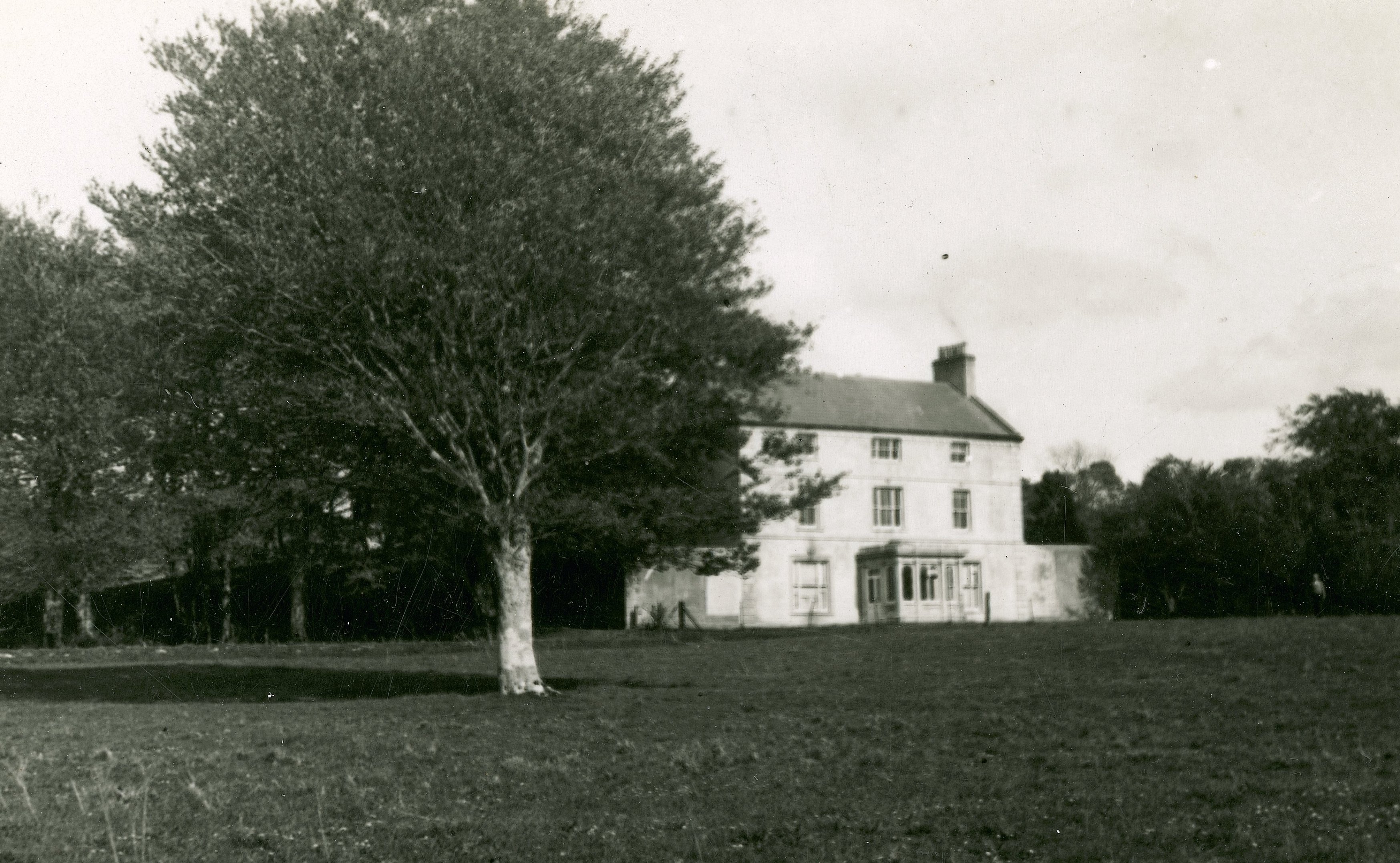
|
| Port | Home of the O'Loghlens in the latter part of the 18th century and first part of the 19th century. Hugh O'Loughlin was resident in 1814 and in 1837. The house was unoccupied at the time of Griffith's Valuation. Weir writes that the house and demesne were purchased by Jeremiah Kelly in the 1860s. |
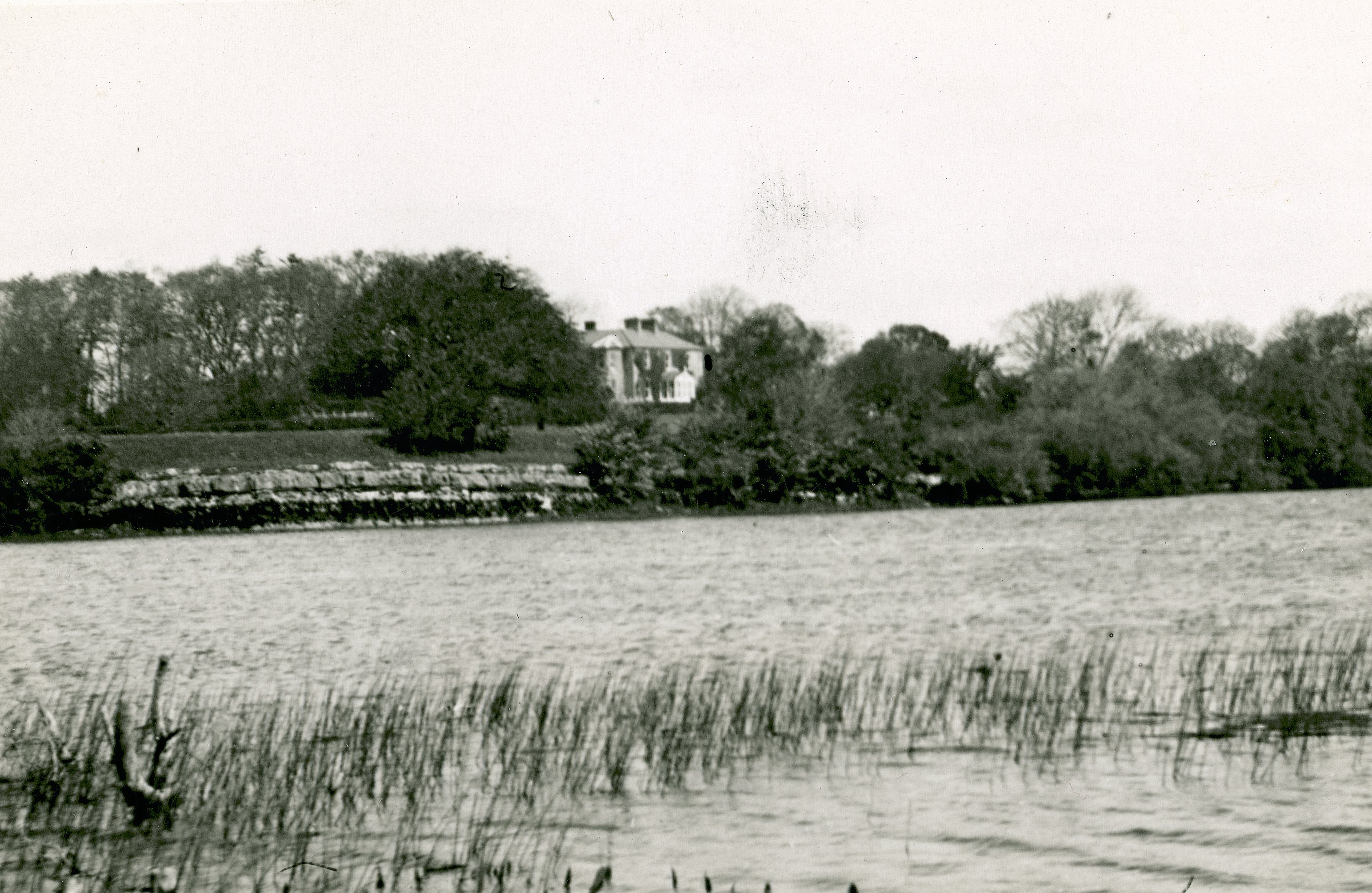
|
| Teernea | Hewitt Bridgeman, Member of Parliament for county Clare, lived here in 1837. By the time of Griffith's Valuation Myles O'Brien was leasing the house from Henry Dwyer. It was then valued at £8.10 shillings. | |
| Curragh House | A house on the Stafford O'Brien estate, the residence of the Faircloth family in the 19th century, valued at £9.10 shillings at the time of Griffith's Valuation. Accidentally burnt in the early 20th century. | |
| Carhoo | A part of the Synge estates from the 18th century, the residence of E. Synge in 1837. The house was occupied by John Rutherford at the time of Griffith's Valuation and valued at £12. A house is still extant at the site. |
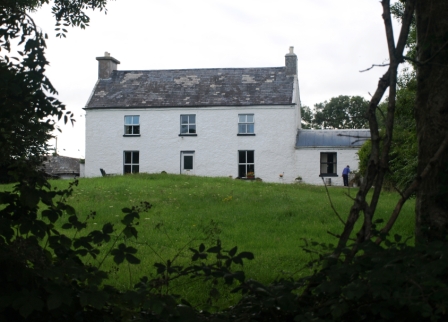
|
| Toonagh House | A late 18th century house, occupied by Mr J. O'Brien in 1814 and by C. O'Brien in 1837. By the time of Griffith's Valuation Cornelius O'Brien was leasing the house to Henry William Lucas and it was valued at £19. By the mid 1870s Cornelius O'Brien's son in law William Henry McGrath owned Toonagh. The house was demolished in the mid 20th century. | |
| Larch Hill | A house valued at £20 at the time of Griffith's Valuation and occupied by Captain Charles William Gore, fourth son of Francis Gore of Derrymore. He held the property from Lucinda Finucane. Later leased by the Finucanes to Charles Armstrong, fourth son of William Henry Armstrong of Mount Heaton and New Hall. A new house built in the 1980s now occupies the site. |

|
| Willbrook | This house was originally an Adams home, the Adams and Brews intermarried. In 1837 W.A. Brew lived here. At the time of Griffith's Valuation the buildings were valued at £5 and the house was occupied by Austin Moran and held from Lord George Quin. In the early 20th century it was the home of the Corbett family. Weir writes that the house was burnt down during the "Troubles". The present residence which was bought in the mid 20th century by Louis de Brocquy was constructed out of the stables. | |
| Holywell/Hollywell House | A Comyn residence, George Comyn married Margaret Lysaght of nearby Ballykeale in the early 19th century. In 1814 occupied by George Comyn and in 1837 by T. F. Comyn. By the time of Griffith's Valuation the house was unoccupied and valued at £5, James Gibson was the immediate lessor. The house is still extant and occupied. |
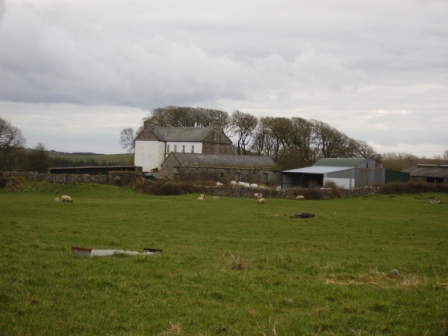
|
| Cragmoher | A house built in the mid 19th century by Major Charles Washington Studdert eldest son of Jonas Studdert. His son Jonas was born 1857. Burnt in the late 20th century. In 1906 buildings at Killeen were valued at over £17. |
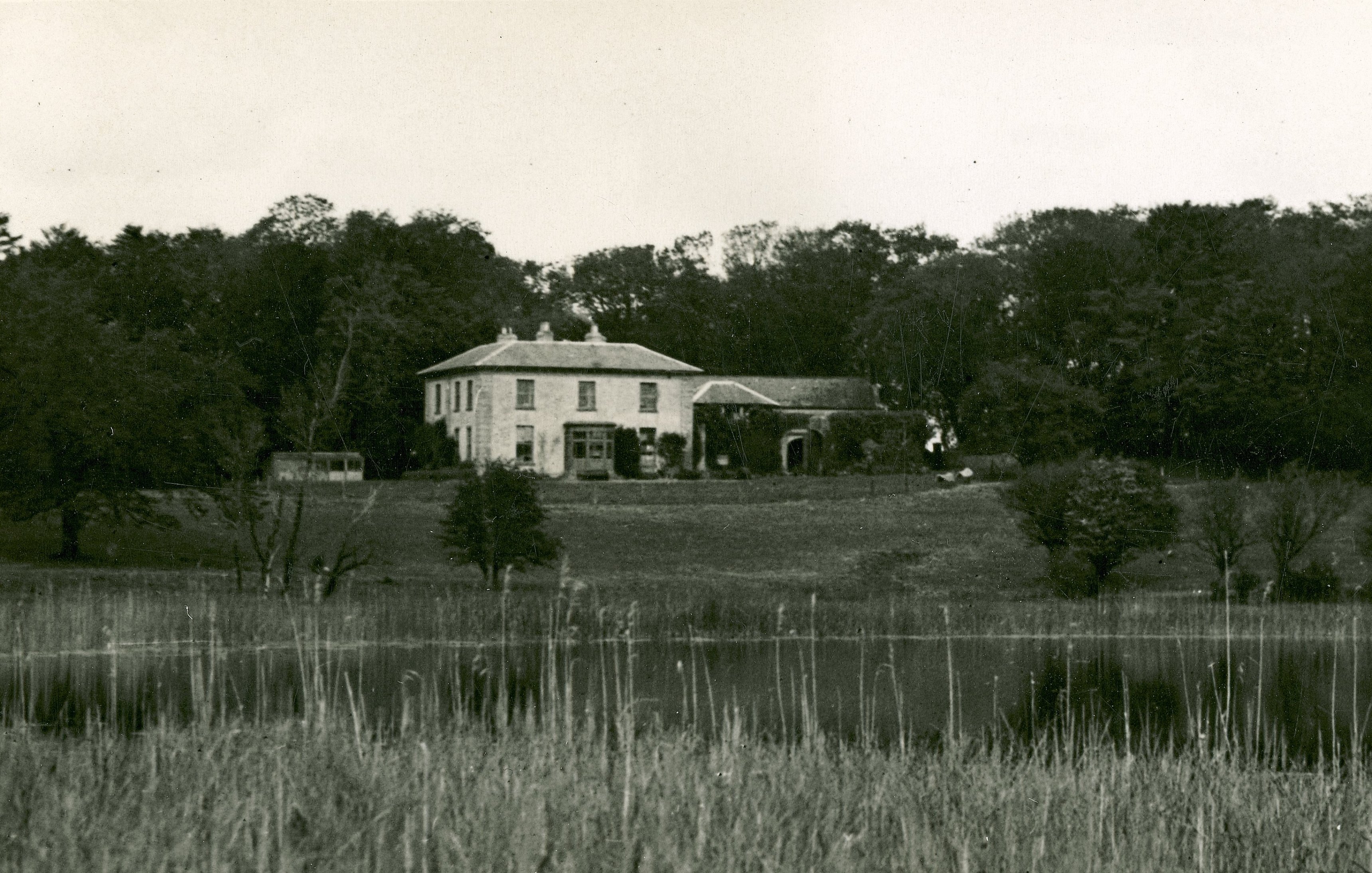
|
| Lismoher | Weir writes that this is an 18th century house. It was the home of the Armstrong family. Occupied by Michael Hynes in the 1850s and valued at £4. Hynes held the property from Edmond J. Armstrong. The house is still extant. |
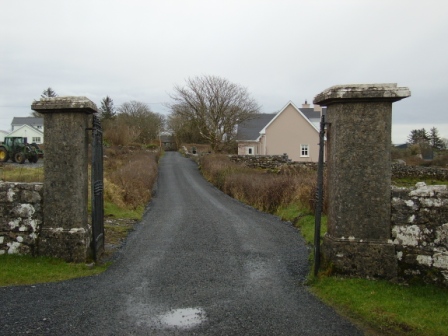
|
| Mollaneen House | Weir writes that this was an 18th century house. "Dysert" was occupied by Thady Brew in 1814. At the time of Griffith's Valuation George Fitzgerald held a house valued at £5 from Francis H. Synge in the townland of Mollaneen. Local sources suggest that this house was frequently occupied by the agent to the Synge estate. Weir writes that the roof of the house was removed in the mid 20th century. It has, however, since been restored and is now known again as Mollaneen House. |

